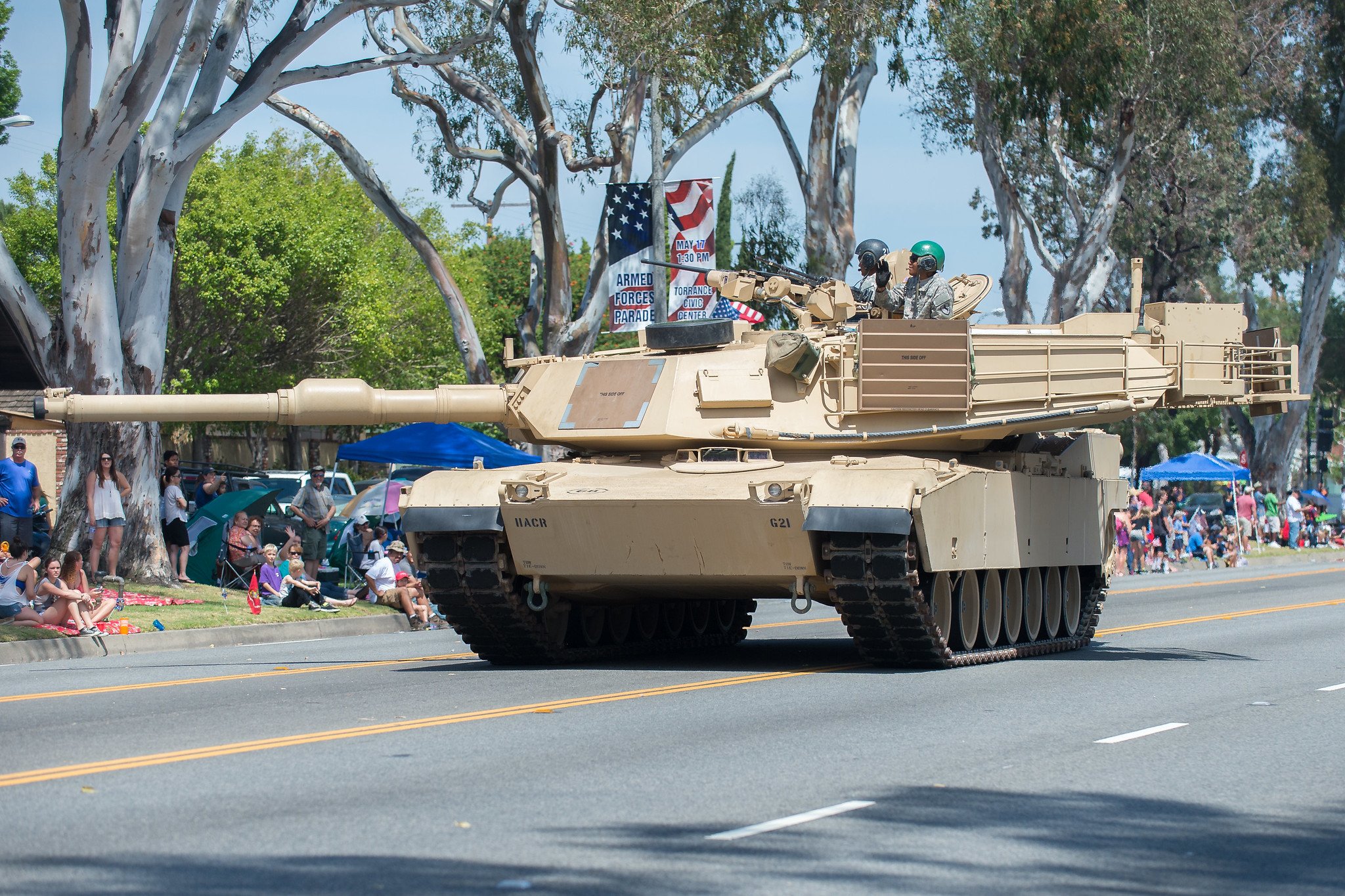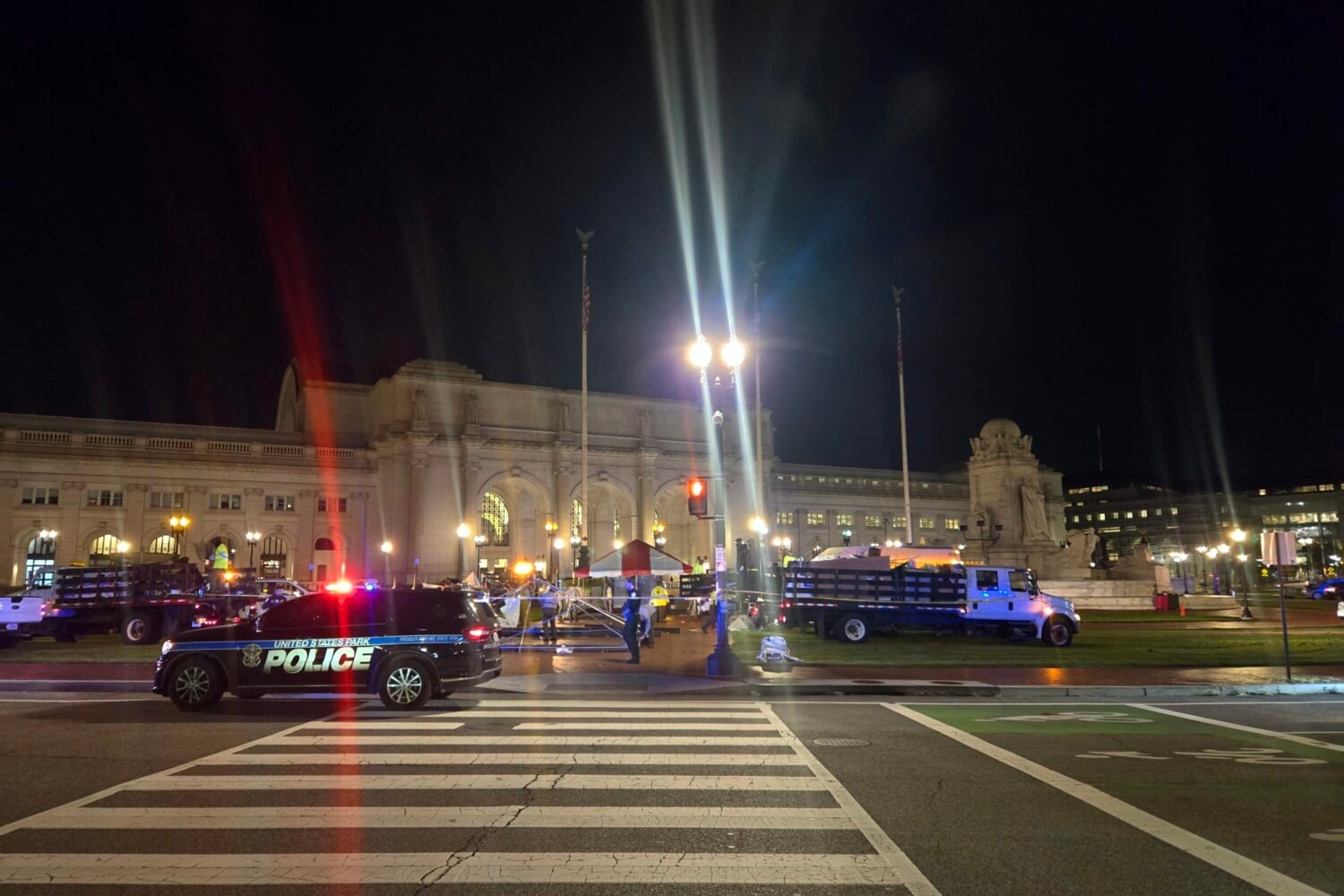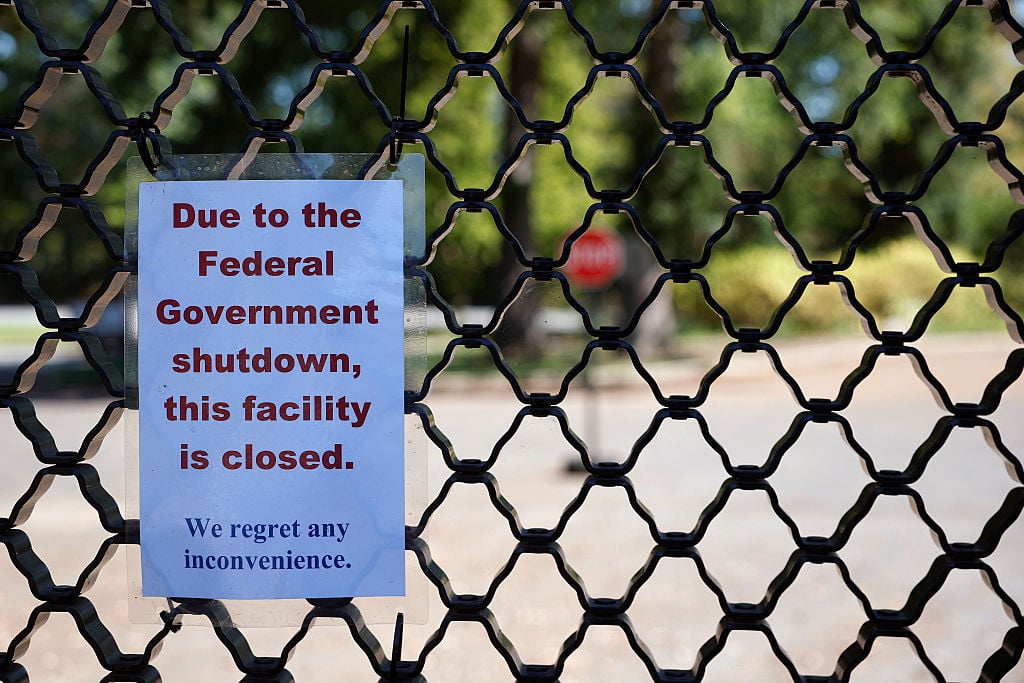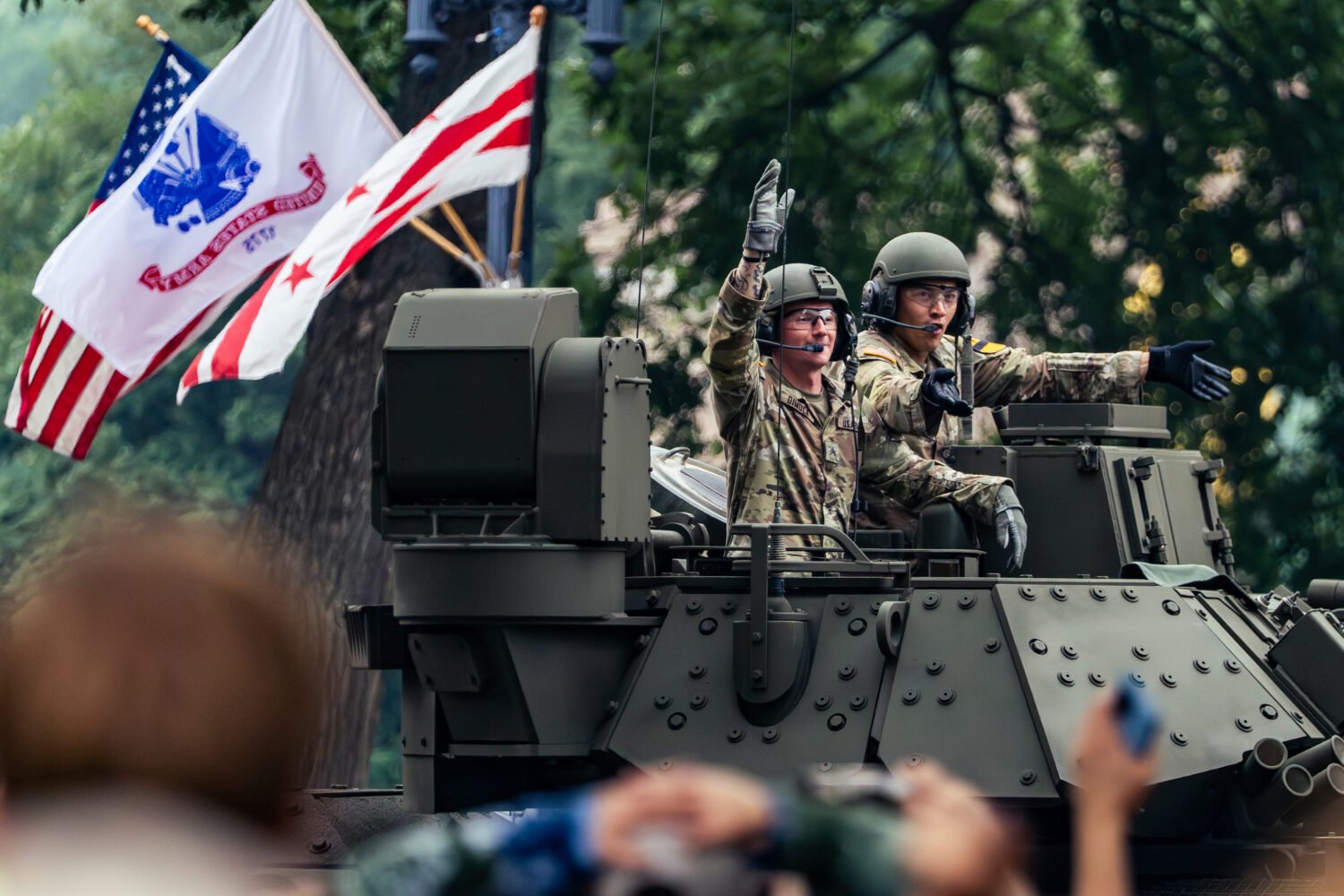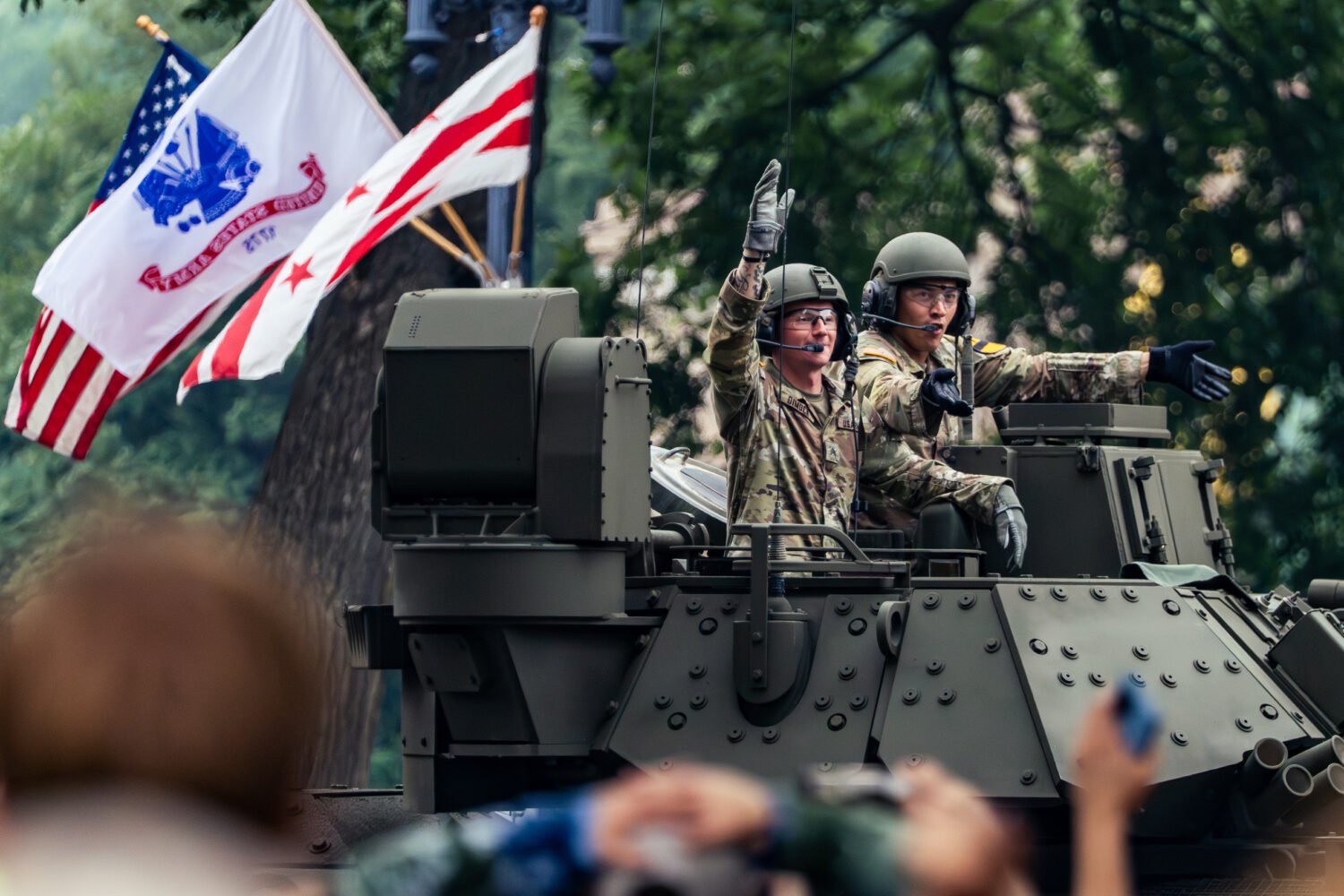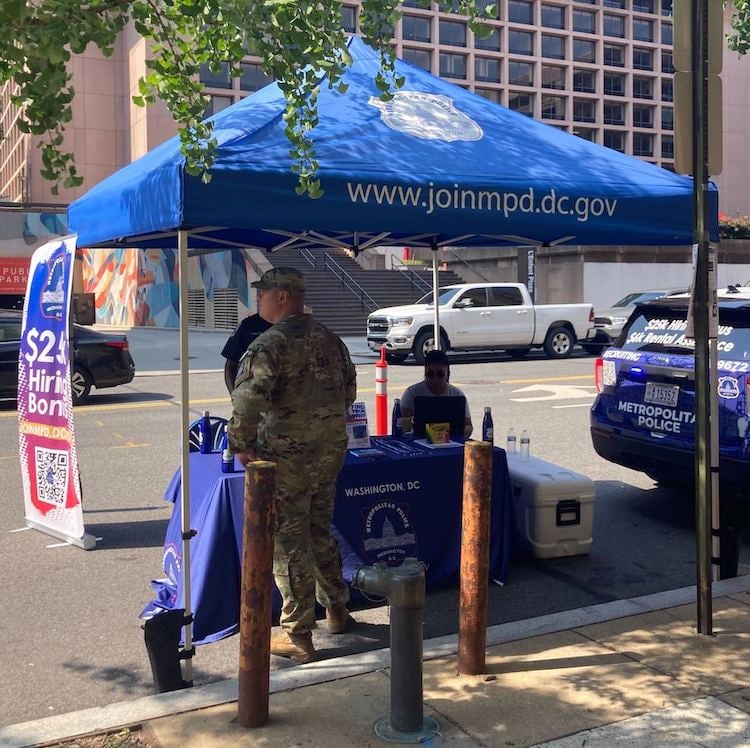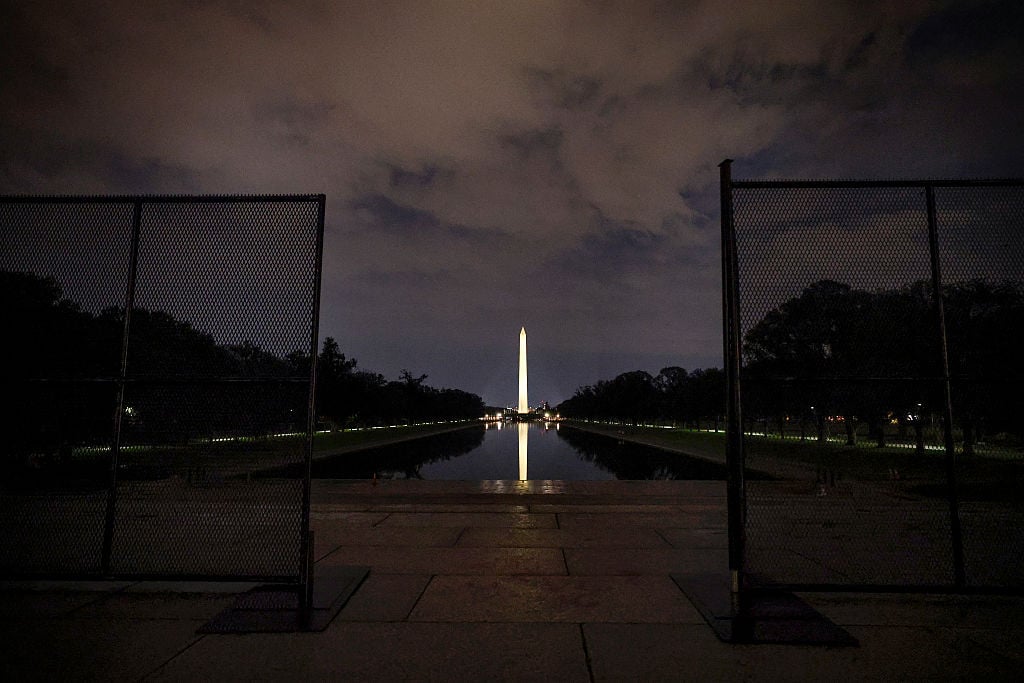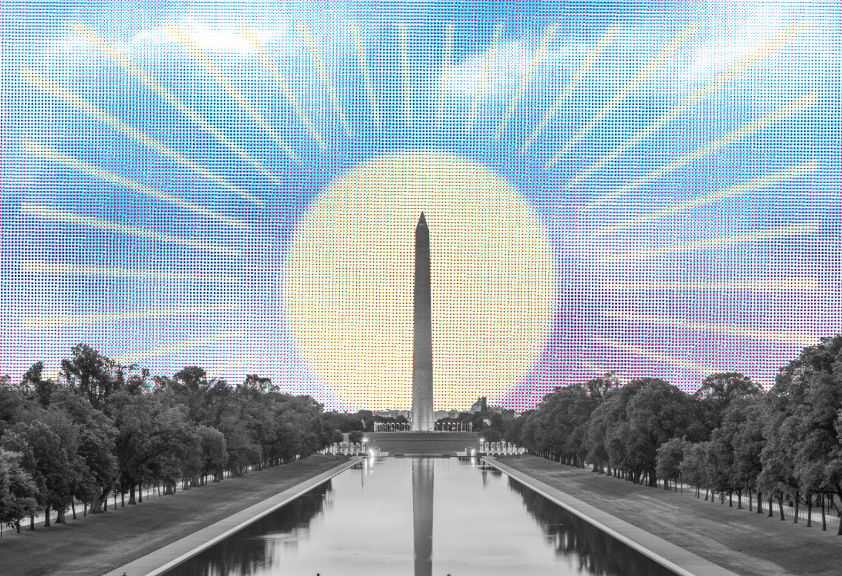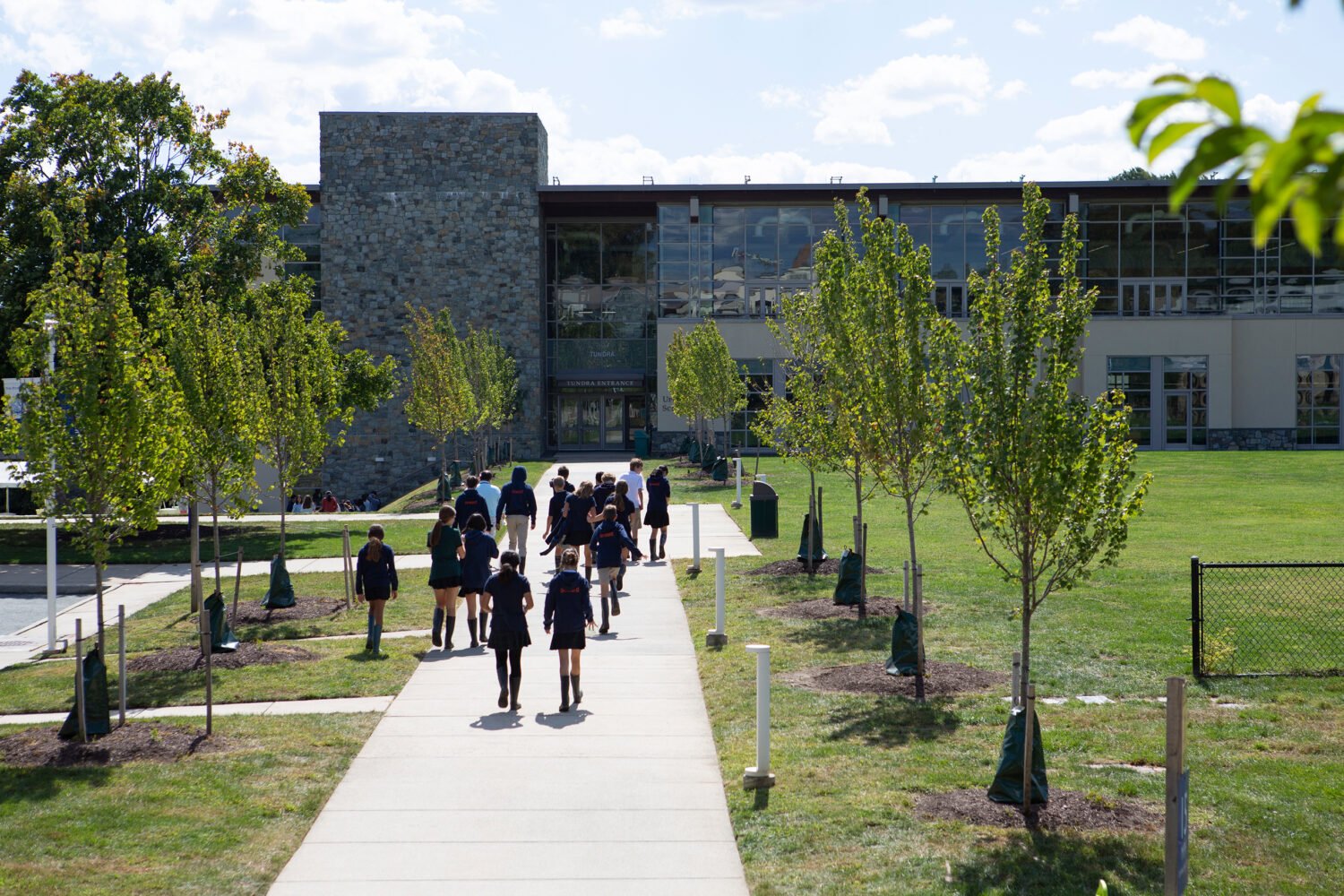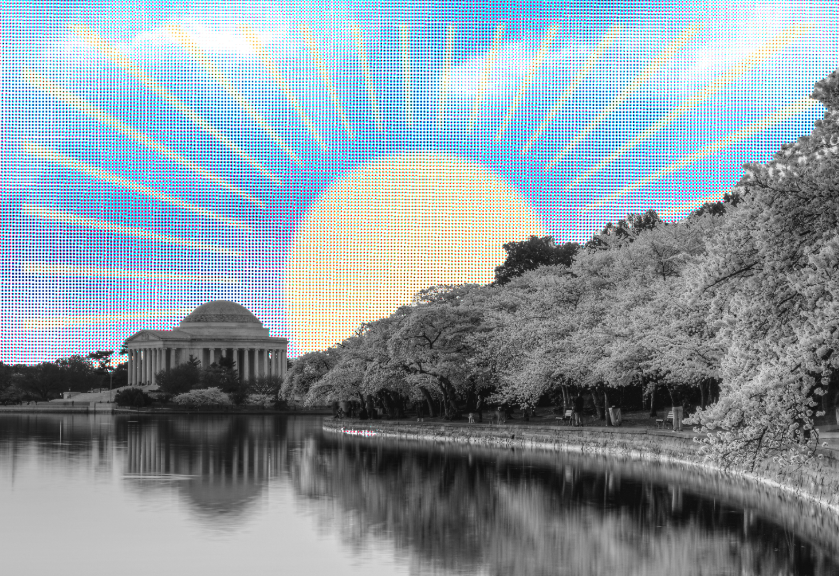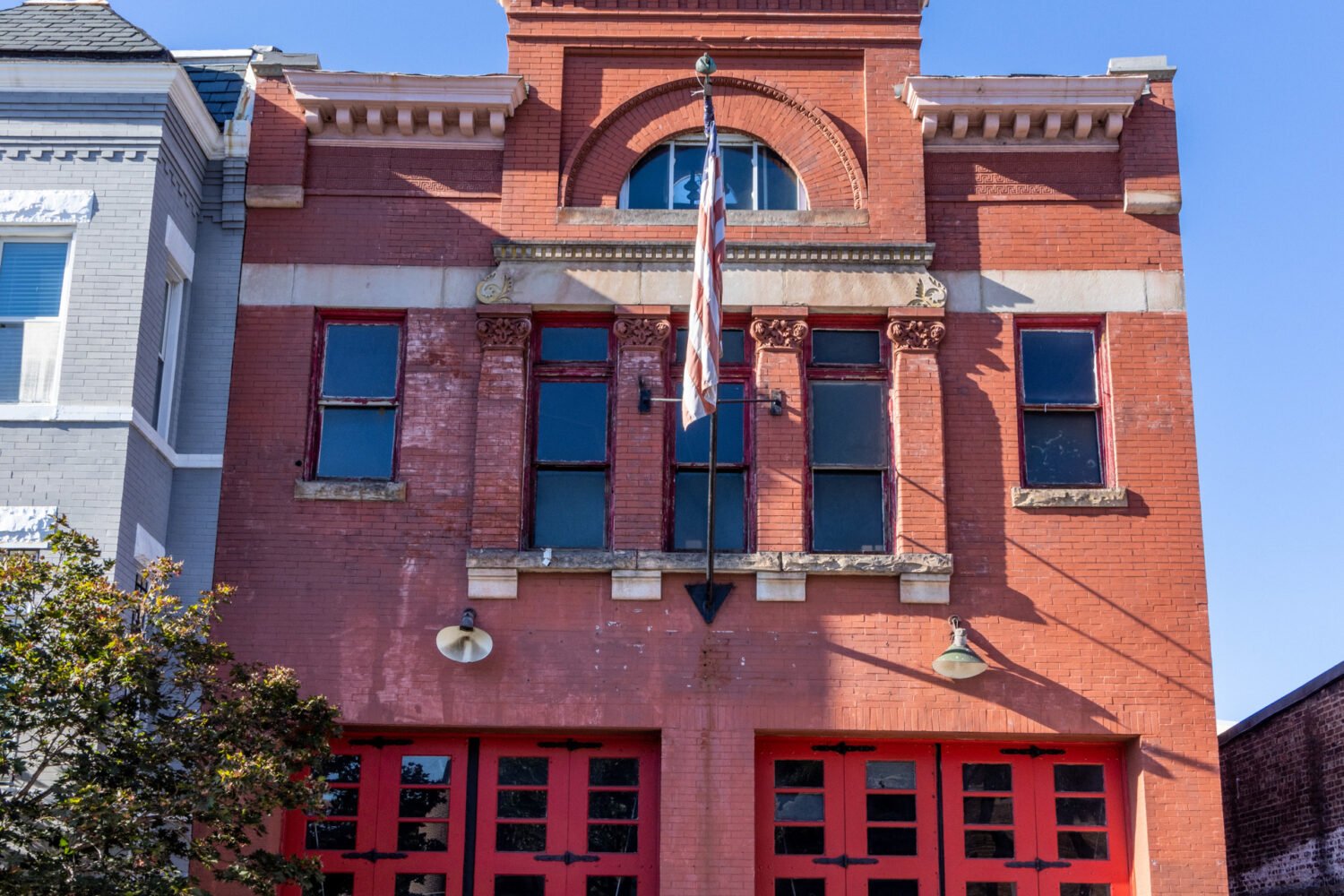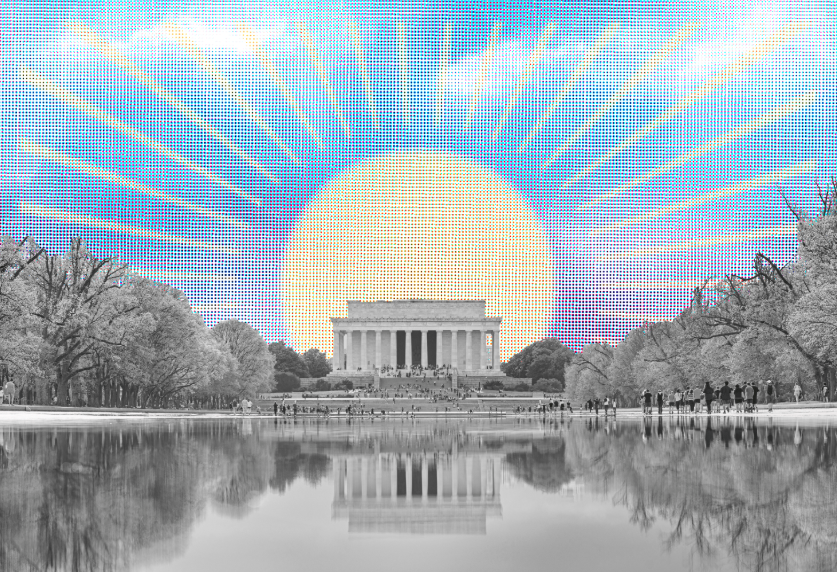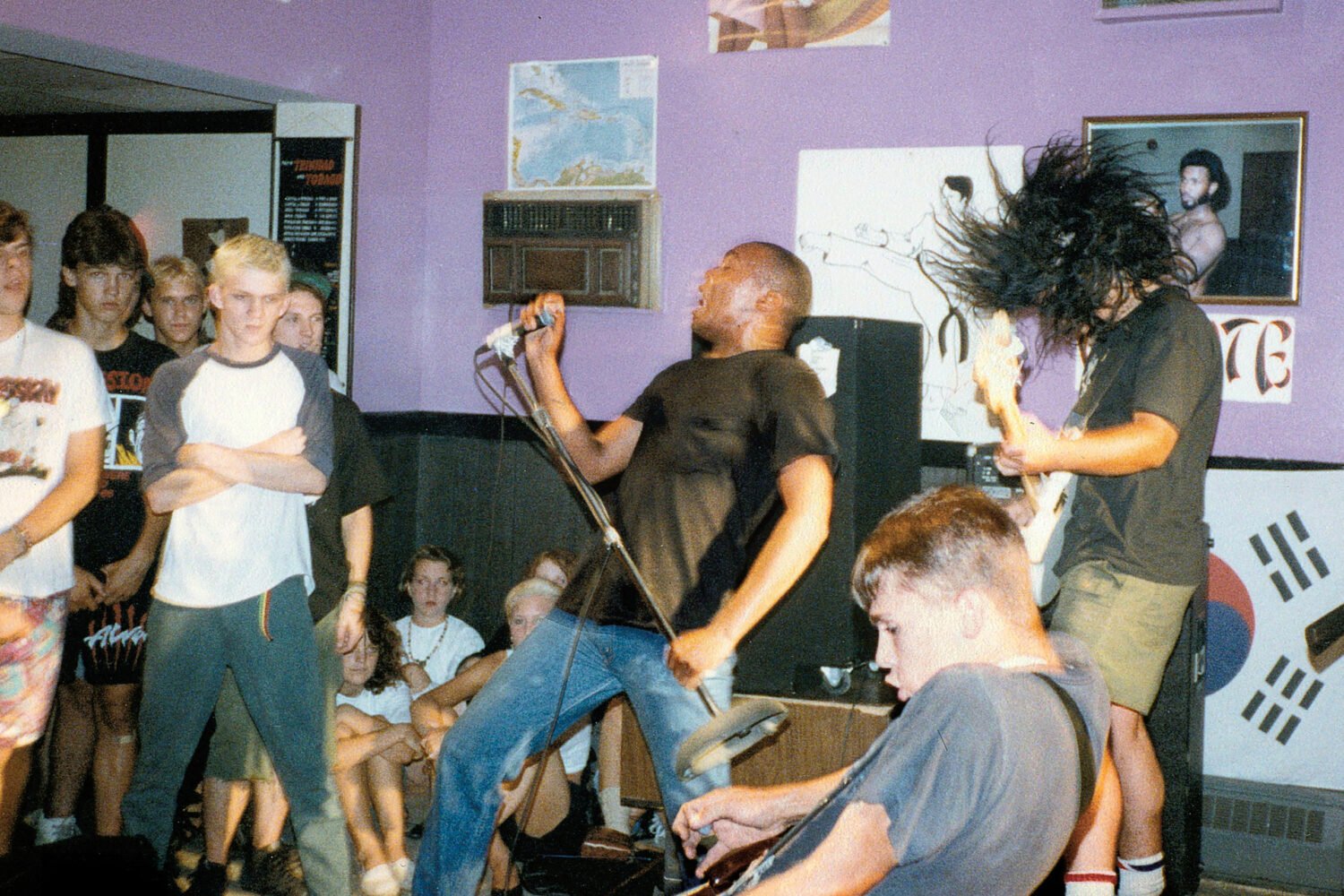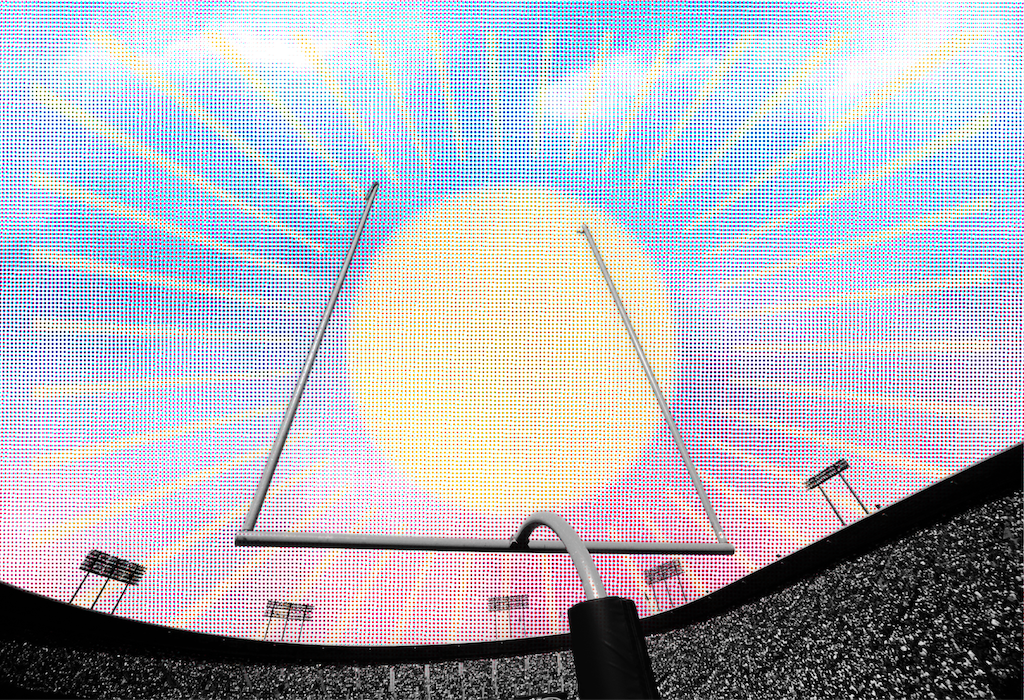During a Pentagon press conference on Wednesday, Army officials said that the Army will be accountable for any DC road repairs that could come out of June 14’s military parade.
“If there’s any damage, the Army will be responsible,” said Colonel Chris Vitale, the officer in charge of the Army’s celebration.
The parade, which will be held on the Army’s 250th birthday—and, President Donald Trump’s 79th birthday—will feature a host of heavy military vehicles, including 28 M1A1 tanks, 28 Bradley Fighting Vehicles, 28 Strykers, and four Paladins, according to Army officials. These vehicles will be traveling on the parade’s official route, which starts at 23rd Street and Constitution Avenue, by the Lincoln Memorial, and rolls down Constitution to the parade’s end around 15th Street.
Concern has been raised about the impact these heavy vehicles could have on DC’s roads and infrastructure. DC Mayor Muriel Bowser previously said in April about the upcoming parade: “If military tanks were used, they should be accompanied with many millions of dollars to repair the roads.”
Although the Army has now said that they will be on the hook for any road damage, officials could not confirm on Wednesday whether the Army will also cover any other costs the DC government might incur for the event, including for trash collection, street closures, and police overtime.
In an emailed statement regarding the parade’s cost for the DC government and the Army taking responsibility for any road damage, the mayor’s office stated, “The District collaborates with federal and regional partners to host National Special Security Events (NSSEs). Through planning and coordination, we keep Washington, DC safe for residents and visitors. In the past year, the District successfully hosted a record six NSSEs, unique among American cities and a testament to the hard work of DC Government and our partners.”
The Army has said that they will be placing metal plates on the parade route in areas where the heavy military vehicles will be turning sharply and could do the most damage with their metal tracks. During the press conference, Army officials also said that new rubber track pads will be added to the tanks to further separate the tracks from road surfaces.
Though the Army is taking precautions against the tanks chewing up the asphalt, there could still be issues. “There’s a reason why we don’t allow tanks in the US in parades typically,” says Gabe Klein, former chief of both the DC and Chicago departments of transportation. An average car weighs about 4,000 pounds, whereas a heavy military vehicle can weigh upwards of 50 tons—about 25 times the weight of a car. That amount of pressure can cause roads to buckle, Klein says. During hot summer months, Klein says that roads can buckle from the heat alone. If temperatures soar during the Army’s birthday bash, the combination of hot weather and heavy vehicles could impact the road substructure. In a worst-case scenario, a street could collapse, says Klein, and potentially affect any power lines, water lines, or telecom infrastructure buried underneath.
Infrastructure alongside the road could be damaged, too: DC streets are lined with granite curbs, and on narrower streets or when turning corners, heavy vehicles could crush or damage the curbs. Lampposts also pose a problem, and tanks will have to navigate carefully so as not to topple them. City streets, Klein says, simply weren’t designed with tanks in mind.
Any potential road damage from the parade could cost millions, says Klein, who says that repaving an eight-lane road like Constitution Avenue costs anywhere from $2 to $4 million a mile. And while repaving a road only takes days or weeks, Klein says that if substructure is damaged, a full reconstruction would take months.
The last time DC saw a military parade was in 1991, following the victory of Operation Desert Storm in the Gulf War. That event came with road damage, too: though organizers had the foresight to remove lampposts from the city streets, the 67-ton tanks left tread marks on Constitution Avenue’s hot asphalt, which had been softened that day by 85-degree heat. It wasn’t just roads that were scarred, but artwork too. “The Nymph,” a sculpture at the Hirshhorn, had to be restored after she was pelted by a firehose-like spray of dirt and gravel from combat helicopters landing on the National Mall.

